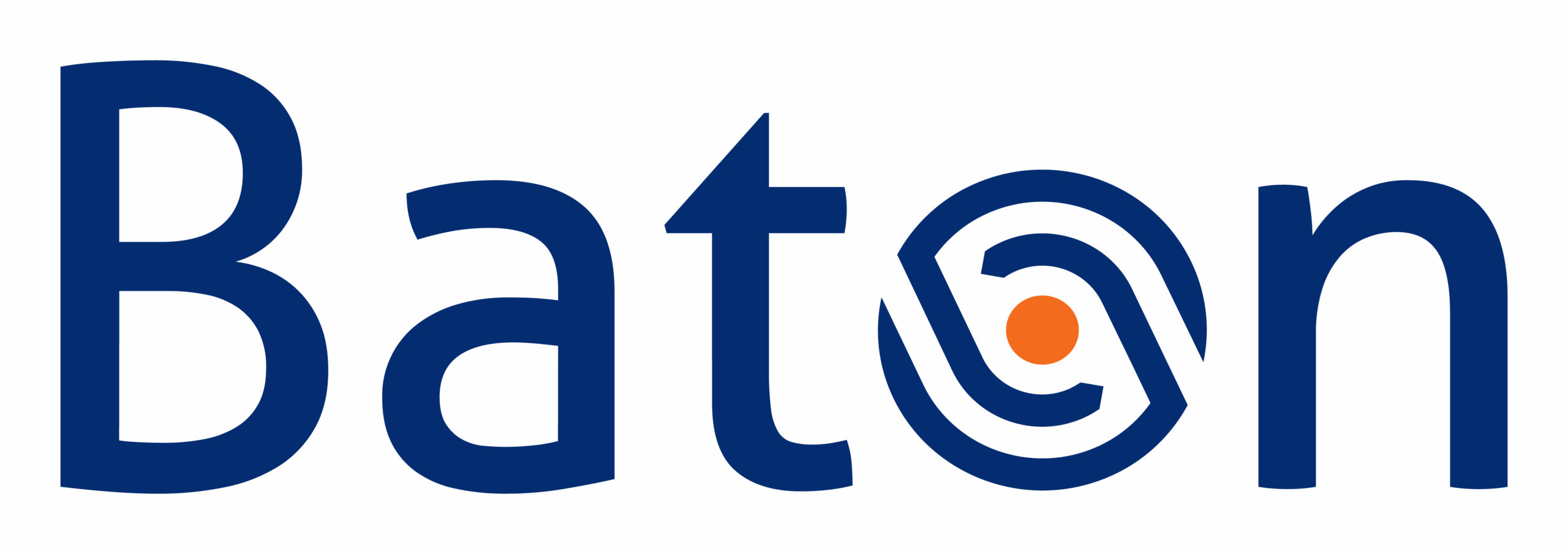Alex Knight, Head of EMEA at Baton Systems, explains how the use of distributed ledger technology (DLT) in post-trade processing can pave the way to a smooth transition to T+1 settlement and beyond.
From May 2024, the US securities settlement process will move from a two-day settlement cycle (T+2), to settle one day after trading (T+1). There are indications that the UK and Europe will also move to a shorter settlement cycle in the not-too-distant future.
Although FX doesn’t fall under T+1, firms trading in US securities from overseas will need to factor in time for FX settlement to ensure they have the cash to settle their securities transactions.
The change, therefore, will present challenges to all market participants, with significant modifications needing to be made to infrastructure, systems, and processes in order for firms to achieve a smooth transition to T+1. While it’s been said that the move will reduce the available post-trade processing time by 50%, further research[1] has suggested that the reduction will in fact be over 80%, with many processes needing to take place on trade date itself.
The challenges…
The final fills for securities transactions in North American markets will not be available until after the New York close on trade date. Allowing for the time differences, this is already the morning of the settlement date for firms based in Asia, and the middle of the night for firms in Europe.
Consequently, a greater proportion of business than previously is likely to miss the current PvP settlement provider’s batch cut-off (midnight CET). This will introduce new areas of settlement risk into the market.
Settlement risk has been a focus of both regulators and market participants for some years. Settling FX trades via the legacy incumbent mitigates less than half of the settlement risk in the market, leaving over $2 trillion dollars of at-risk settlement on any given day. Anything that serves to increase the amount of settlement risk in the market will certainly be seen as a backward step by regulators and market participants and is contrary to the objectives of the Global Code.
Quite aside from the concerns about increasing settlement risk, buy-side participants will find themselves wrestling with a difficult set of challenges; retaining access to (and evidence of) best execution and avoiding performance drag, whilst ensuring operational efficiency and integrity.
Extending access to PvP settlement is an important lever in ensuring that buy-side participants meet these important objectives. It gives them the opportunity to retain control over execution without concerns or limitations caused by settlement risk, whilst confident that the funds will settle in time to meet their underlying securities settlement obligations.
“Settling FX trades via the legacy incumbent mitigates less than half of the settlement risk in the market, leaving over $2 trillion dollars of at-risk settlement on any given day”
…and how DLT addresses them with a rulebook for legally enforceable PvP
Built around a Shared Permissioned Ledger (but we will refer to it as DLT for ease of reading), Baton’s Core-FX™ allows the settlement of a transaction with a counterparty on a riskless basis with finality in the space of a few minutes.
The DLT behind Core-FX allows for a single source of truth by sharing data between the counterparties of a transaction. Equally importantly, DLT allows workflows to be automated and collaborative. These workflows permit event- or time-based processing to happen in a mutually agreed, consistent, and transparent manner. One example is the process for PvP settlement, by which exchange of ownership occurs instantaneously and simultaneously, an event that only occurs when both parties have funded the appropriate (and secure) settlement accounts. With participants adhering to the Baton Rulebook, these PvP settlements are legally enforceable.
Shared data can include not only data around the transaction economics but also data related to the settlement process itself, for example, the standing settlement instructions (SSI) which are to be used for a certain settlement event. This shared data reduces the need for ongoing reconciliation and reveals mismatches early in the process, meaning that the operations team is more ready to handle the settlement process.
For example, two parties can agree on how they are going to net a set of transactions and, because they’re using the same netting logic and rules against the same set of transactions, the output is, by definition, consistent.
From a funding perspective, on-demand settlement allows for the recycling of liquidity throughout the course of a trading day, rather than immobilising funds for a 24-hour cycle. Once the first settlement event is completed, firms can quickly engage in another settlement process.
“This shared data reduces the need for ongoing reconciliation and reveals mismatches early in the process, meaning that the operations team is more ready to handle the settlement process”
What sets Baton apart?
Baton’s DLT-based Core-FX™ platform is acknowledged as the only live and proven provider of FX PvP settlement apart from the legacy incumbent.
The platform’s design enables the orchestration of settlements in any currency between any pair of wholesale market participants. Baton has orchestrated PvP settlements across a variety of currencies, including the offshore Renminbi (CNH), the world’s fifth most widely-traded currency.
Netting, a key feature of Core-FX, is widely recognised as beneficial to the settlement process since it reduces the overall sum of the notionals to be exchanged between two counterparties, the number of payments being made, and the amount of funding or liquidity required. Although netting services are available from other settlement providers, netting alone does not make for a safe settlement process. It is Baton’s technology that allows the netting and settlement processes to be configured by the two participants to the settlement rather than following a global standard, that’s to say, a global once-a-day batch process. This means that participants are able to net and settle transactions safely on a PvP basis right up to and including on value date itself in a fully automated manner.
“Baton has orchestrated PvP settlements across a variety of currencies, including the offshore Renminbi (CNH), the world’s fifth most widely-traded currency”
Live and proven
Automated, safe, and scalable settlements using DLT are already in use by Baton’s clients helping them to address some of the challenges of T+1.
DLT is already proven as the means to accomplish risk-proof FX settlements for cross-border transactions, bringing the speed, transparency, choice, auditability, and non-repudiation required by market participants today.
I hope that you found this blog useful in explaining how DLT can help firms address the challenges of T+1.
[1] T+1 Settlement in Europe: Potential Benefits and Challenges | AFME

